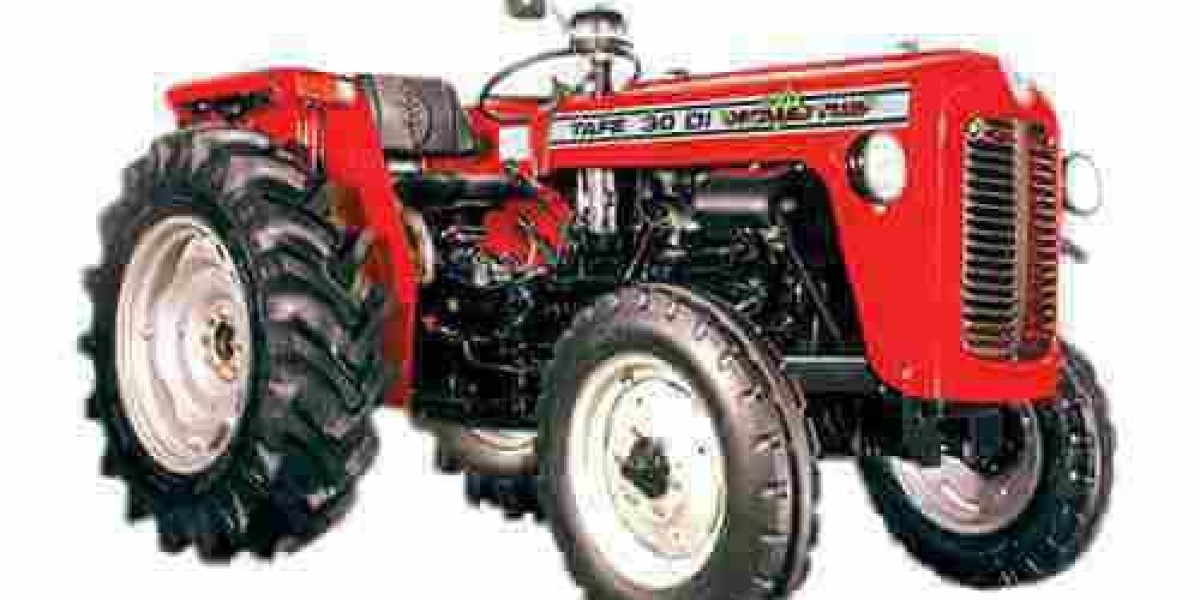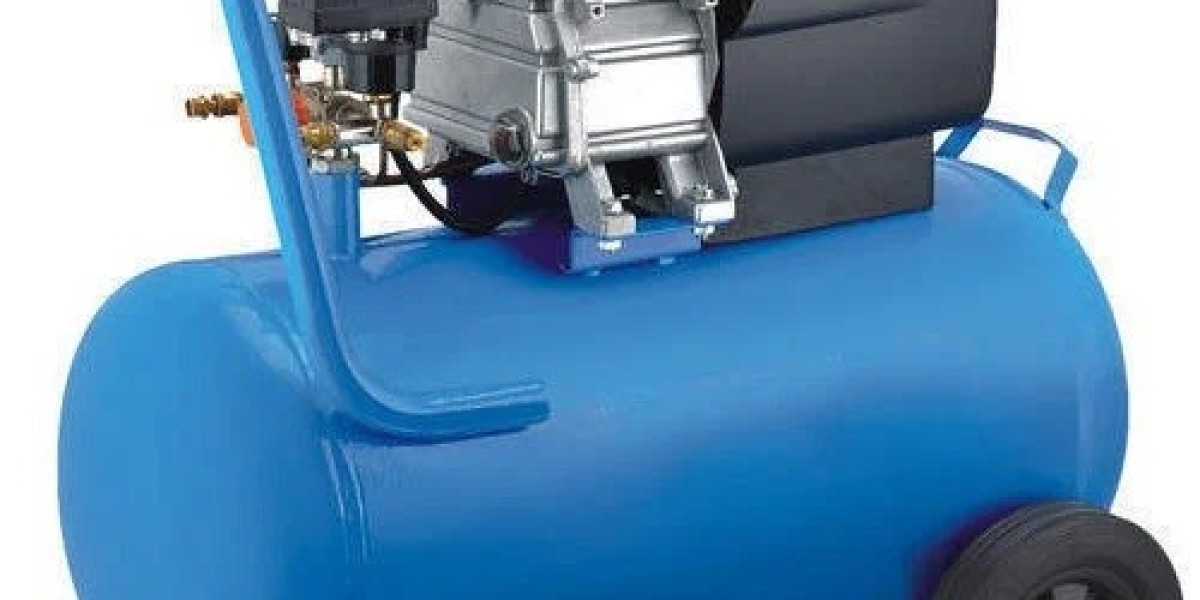Introduction
Agriculture forms the foundation of our society, furnishing the sustenance and essential resources required for our well-being. To maximize productivity and efficiency, farmers rely on a variety of essential agricultural tools. In this article, we will explore some of these tools and their specific uses in the farming industry.
Tractor
The tractor is arguably the most iconic and versatile agricultural tool. It is used for a wide range of tasks, including plowing, tilling, planting, and harvesting. Tractors come in various sizes and power levels to suit different farming operations, from small family farms to large commercial enterprises.
Plow
A plow is an essential tool used for turning over the soil, preparing it for planting. There are various types of plows, including moldboard plows, chisel plows, and disc plows, each designed for different soil types and conditions. The primary purpose of a plow is to break up and invert the soil to bury weeds and crop residues, allowing for better seedbed preparation.
Harrow
A harrow is a tool used to break up clods, level the soil, and prepare a smooth seedbed after plowing. It also helps to incorporate organic matter, improve soil aeration, and promote uniform seed placement. Harrows can come in different configurations, such as disc harrows and spike-tooth harrows, depending on the specific requirements of the farmer.
Seeder
A seeder is an essential tool for planting seeds in a precise and uniform manner. There are various types of seeders, ranging from broadcast seeders that scatter seeds evenly to precision seeders that ensure the optimal spacing between seeds. Seeders help farmers achieve higher crop yields and reduce waste by avoiding overplanting.
Combine Harvester
The combine harvester is a remarkable agricultural machine that combines several tasks into one. It can cut, thresh, and separate grain from the crop in a single pass. This tool is particularly important for large-scale grain farming, where efficiency and speed are critical.
Irrigation System
In regions with insufficient rainfall, an irrigation system becomes an indispensable tool for providing water to crops. These systems can range from simple sprinklers and hoses to more complex drip irrigation and center pivot systems. Proper irrigation ensures consistent moisture levels, promoting healthy crop growth.
Hoe
A hoe is a hand tool used for weeding, cultivating, and creating furrows for planting. It is a versatile tool that comes in various shapes and sizes, each designed for specific tasks. Hoes are especially useful for small-scale and organic farming, where manual weeding is necessary.
Pruning Shears
Pruning shears, also known as secateurs, are used in orchards and vineyards to trim branches and improve the health and productivity of fruit-bearing plants. Pruning encourages proper growth and fruit production by removing dead or excess branches.
Sickle
A sickle is a handheld cutting tool with a curved blade, often used for harvesting grains, grass, and other crops. It is an essential tool for small-scale farming and can be a more precise and efficient alternative to larger harvesting machines in certain situations.
Conclusion
Agriculture tools, as featured on Khetigaadi's website, play a pivotal role in modern farming, enabling farmers to elevate their productivity and efficiency. These tools encompass a wide spectrum, from the iconic tractor to specialized implements like plows, seeders, and combine harvesters. Depending on the type and scale of farming, the selection of tools may vary, but each serves a distinct purpose in fostering a prosperous and abundant harvest. Having a deep understanding of the right tool for the job is essential for any farmer seeking to enhance their agricultural practices, with Khetigaadi's online resources offering valuable insights and information.








